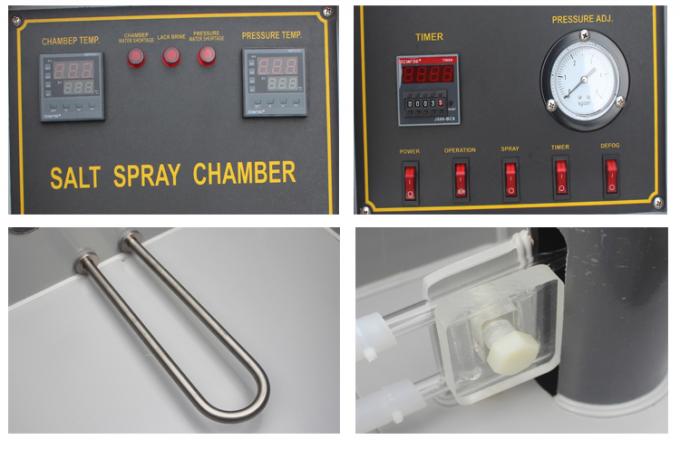- Qinsun Instruments Co., Ltd.
- Tell:+86-21-6780 0179
- Phone:+86-17740808215
- Address:No. 2578 Minhang District Gu Dai Road, Shanghai
- Contact:Mr. Li
- QQ:846490659
Testing the quality of capacitors

1. Multimeter detection method
For O.01 μ Fixed capacitors above F. R available with a multimeter × Directly test the capacitor for charging process and internal short circuit or leakage in 1k gear, and estimate the capacity of the capacitor based on the amplitude of the pointer swinging to the right. During the test operation, first touch the two pins of the capacitance with two probes at random, then replace the probe and touch again. If the capacitance is good, the pointer of the multimeter will swing to the right, and then quickly return to infinity to the left. The larger the capacitance, the greater the oscillation amplitude of the pointer. If the probe repeatedly switches and touches the two pins of the capacitor, and the multimeter pointer does not swing to the right, it indicates that the capacity of the capacitor is below 0.01 μ F may have disappeared. In measurement, if the pointer swings to the right and cannot return to the infinite position to the left, it indicates that the capacitor is leaking or has been broken.
2. Simple detection method for fuses
Connect a fuse (whose rated current In is determined by the following equation: IN=0.8/C (A), where C is the capacitance of the capacitor) and the capacitor to be tested in series to a 220V AC power supply. If the fuse of the fuse bursts, it indicates that the capacitor has been short circuited internally. If the fuse of the fuse does not burst, after a few seconds of charging, cut off the power supply and use a screwdriver with an insulated handle to short-circuit and discharge the two poles of the capacitor. If sparks occur, it indicates that the capacitor is good. On the contrary, it indicates that the capacitance of the capacitor has decreased or is open circuit. This method should be repeated several times to determine the quality of capacitors in order to obtain the correct conclusion.
3. Series connection detection method for incandescent bulbs and capacitors
Connect the incandescent bulb and capacitor in series to a 220V AC power supply. If the brightness of the incandescent bulb is darker than directly connecting it to a 220V AC power supply, it indicates that the capacitor is good; If the incandescent bulb does not light up, it indicates that the internal circuit of the tested capacitor has been broken; If the brightness of the incandescent bulb is the same as that of it directly connected to a 220V AC power supply, it indicates that the internal of the capacitor has been short circuited.
4. Megohmmeter detection method
A megohmmeter (250V level) can also be used for testing. Shake the handle, if the pointer points to infinity, it indicates an internal circuit break in the capacitor; If the pointer is at zero, it indicates a short circuit inside the capacitor. The grounding test of the capacitor can also be carried out by connecting the terminals of the megohmmeter to the terminal blocks and the outer shell of the capacitor. Shake the handle, if the pointer points to zero, it indicates that the capacitor is internally grounded.
5. Measurement of capacitance of capacitors
A multimeter can be used to measure the capacitance of a power capacitor without a dedicated instrument. The specific method is to connect a fuse (whose specifications are determined by the capacitance of the capacitor) and the tested capacitor in series to a 220V AC power supply. Measure the voltage U (V) at both ends of the capacitor using the AC voltage range of a multimeter.
Measure the current I (mA) passing through the capacitor using the AC current range of a multimeter. Because I=U/XC and XC=1/(2 π fC), where f is the frequency of alternating current. So the capacitance of the capacitor CC=3.18 × (I/U) (Micromethod).





